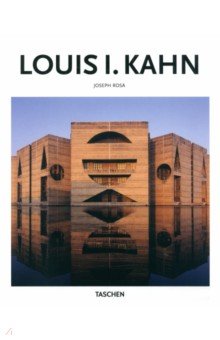О книге
Louis Isadore Kahn and a luminous modernist language Louis Isadore Kahn (1901-1974) treated each building like a temple. Across the United States, in India, Bangladesh, Pakistan, and Israel, his designs combined the sleek, utilitarian surfaces of modernism with a devotion to geometric forms and a reverence for natural light that suffused his stuctures with a monumental and breathtaking spirituality. This essential introduction brings together 17 of Kahn's most important buildings across his cultural, governmental, religious, and residential repertoire. Plans, views, descriptions, and quality photographs trace the context and development of each project, while an introductory essay explores Kahn's unique architectural ideology and his legacy as one of the most important 20th-century American architects since Frank Lloyd Wright. Through Kahn masterworks, such as the National Assembly Building in Dhaka, Bangladesh, or Kimbell Art Museum in Fort Worth, Texas, we'll explore Kahn's his "back to basics" grammar inspired by ancient sites in Italy, Greece, and Egypt; and his unique vocabulary of mass, void, and light that suffused the International Style with a near-celestial luminescence.
Отзывы
0Чтобы оставить отзыв или проголосовать, необходимо авторизоваться








